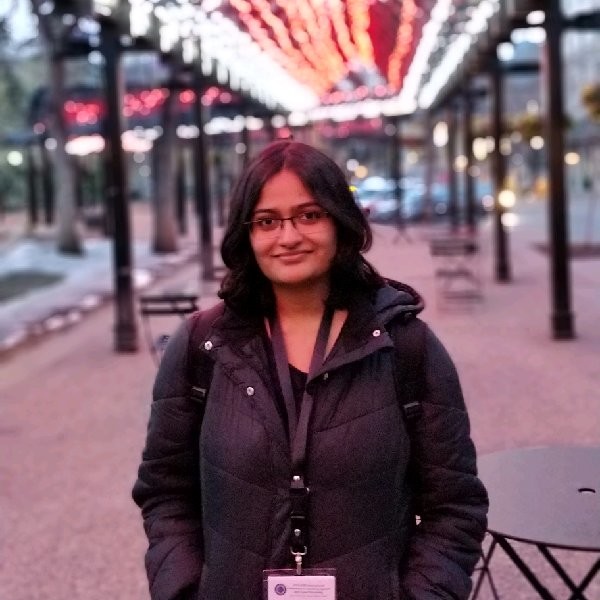Sparse image super resolution
In our previous work on structured phase retrieval2, we noted the advantages of incorporating a sparsity constraint in the phase retrieval algorithm (we call our algorithm CoPRAM). The advantages of this are two fold: fewer number of samples are required for efficient recovery and the recovery procedure is also computationally much faster.
In this exploratory report, we consider the problem of super-resolution for sub-diffraction imaging. We try to adapt conventional Fourier ptychographic approaches, specifically the one described in the reference paper[1] for a subset of problems where the images to be acquired have an underlying structure. For the purpose of this study, we analyze primarily sparse images. We also extend our study to block sparse images. We find that such sparsity assumptions require fewer samples for the recovery procedure and are more feasible to implement.
You can find a more detailed report on this project here.
Publications-
G. Jagatap, Z. Chen, C. Hegde, N. Vaswani, “Sub-diffraction imaging using Fourier ptychography and structured sparsity”, to appear, IEEE International Conference on Acoustics, Speech, and Signal Processing (ICASSP), 2018. [Oral Presentation / Paper / Code ]
-
G. Jagatap, C. Hegde, “Fast, sample efficient algorithms for structured phase retrieval”, Adv. in Neural Information Processing Systems, 2017. [ Paper / Poster / Code ]
Additional References:
[1] J. Holloway, M.S. Asif, M.K. Sharma, N. Matsuda, R. Horstmeyer, O. Cossairt, and A. Veeraraghavan, “Toward Long Distance, Sub-diffraction Imaging Using Coherent Camera Arrays”, IEEE Transactions on Computational Imaging, 2016.
New to sub-diffractive imaging? Find some quick info on this cheat sheet.


